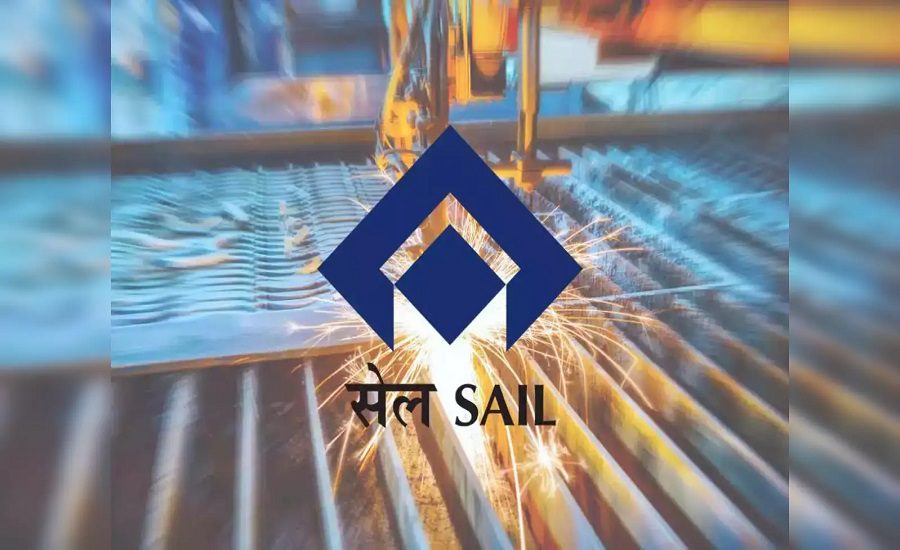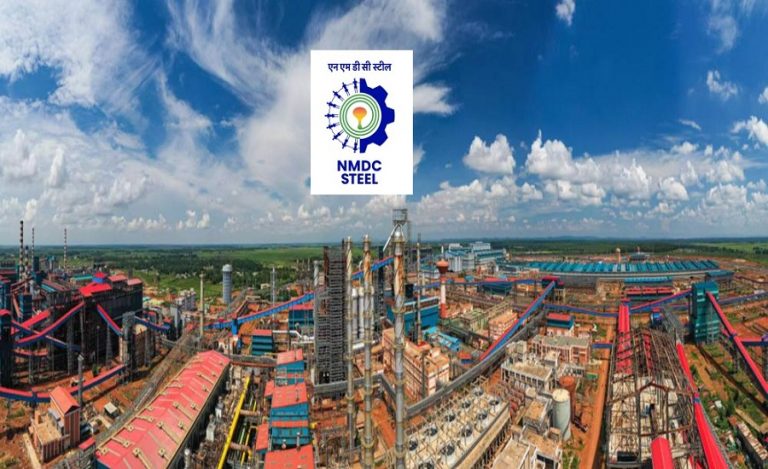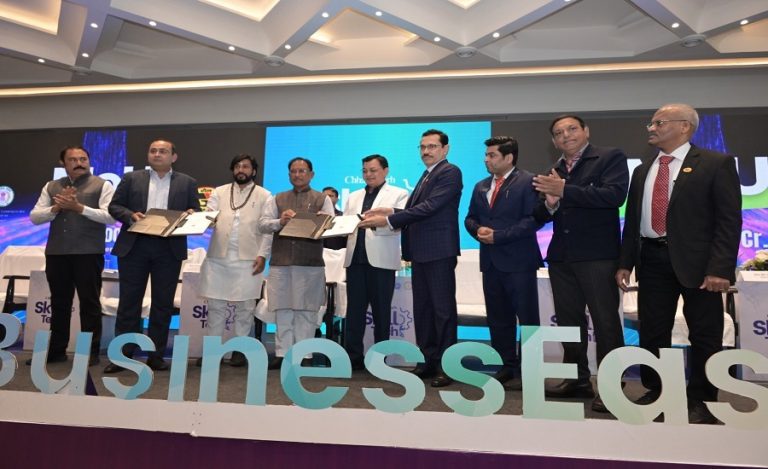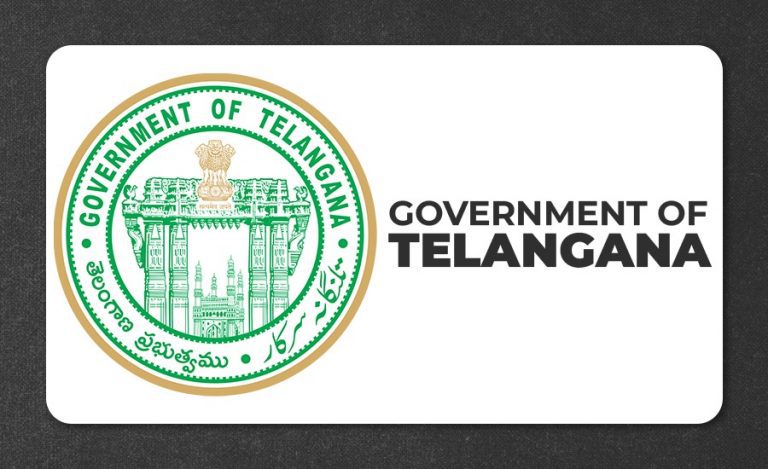New Delhi: In a major push toward capacity expansion and modernization, state-owned Steel Authority of India Limited (SAIL) has announced a capital expenditure (capex) outlay of ₹7,500 crore for the ongoing fiscal year 2025–26. This marks a 25% increase from the ₹6,000 crore spent in FY25, as part of the company’s long-term strategy to boost its production capacity to meet India’s growing steel demand.
Speaking to PTI, Ashok Kumar Panda, Director (Finance) at SAIL, confirmed that the board-approved capex will fund critical expansions across SAIL’s integrated steel plants. The company is working to scale up its total crude steel capacity from 20 million tonnes per annum (MTPA) to 35 MTPA by 2030, with an overall investment of nearly ₹1 lakh crore.
Expansion Underway Across Multiple Plants
- IISCO Steel Plant (West Bengal): Tendering has begun for a major expansion that will nearly double the plant’s capacity from 2.5 MTPA to 4.5 MTPA.
- Durgapur Steel Plant (West Bengal): A brownfield expansion is in progress to enhance capacity to 3.09 MTPA from the current 2.2 MTPA. Additionally, greenfield developments are on the table.
- Bhilai, Bokaro, and Rourkela Steel Plants: Expansion plans for these plants, located in Chhattisgarh, Jharkhand, and Odisha respectively, are in advanced planning stages.
In Q1 of FY26 alone (April–June 2025), SAIL has already invested ₹1,642 crore, surpassing its first-quarter target—an early indicator of strong execution.
Strong Financial and Operational Performance
SAIL posted a multi-fold increase in consolidated net profit in the first quarter of FY26, reaching ₹885.93 crore, driven by:
- Improved operational efficiency
- Higher cash flow
- Record-breaking sales volumes
Finished steel production reached 4.7 million tonnes, a 12% year-on-year increase, while sales volumes hit a record 4.55 million tonnes, up 15% over Q1 FY25. This marks the best-ever Q1 sales performance in any financial year for SAIL.
“The company will work to maintain this momentum in the remaining quarters,” Panda added.
Raw Material Outlook and Self-Reliance Push
On the raw materials front, SAIL is preparing to reduce its reliance on imported coking coal—an ongoing challenge for Indian steelmakers. The development of its Tasra coal mine, a captive source, is expected to reduce future dependence on imports.
Panda noted that iron ore demand will grow in the coming years, and India aims for self-sufficiency in this segment. However, coking coal imports will continue in the near term, even as the company explores new technologies to improve fuel efficiency and reduce import reliance.
Sector Outlook: Challenges & Opportunities
India’s steel industry faces a mixed outlook. Strong infrastructure-led demand and record domestic sales are driving growth, with 8–9% expansion expected in 2025. However, rising imports—especially from China—and global overcapacity are pressuring prices. Despite these challenges, robust domestic demand continues to support expansion plans for companies like SAIL.
read also: India-UK CETA Welcomed by SAIL CMD Amarendu Prakash, Signals Major Boost for Steel Sector
About SAIL
Steel Authority of India Limited (SAIL) is a major Indian government-owned steel producer, and one of the country’s largest Maharatna Public Sector Enterprises. It operates five integrated steel plants and three special steel plants, producing a wide range of steel products. SAIL is a key player in India’s iron and steel industry, with a significant production capacity and a large employee base.



























